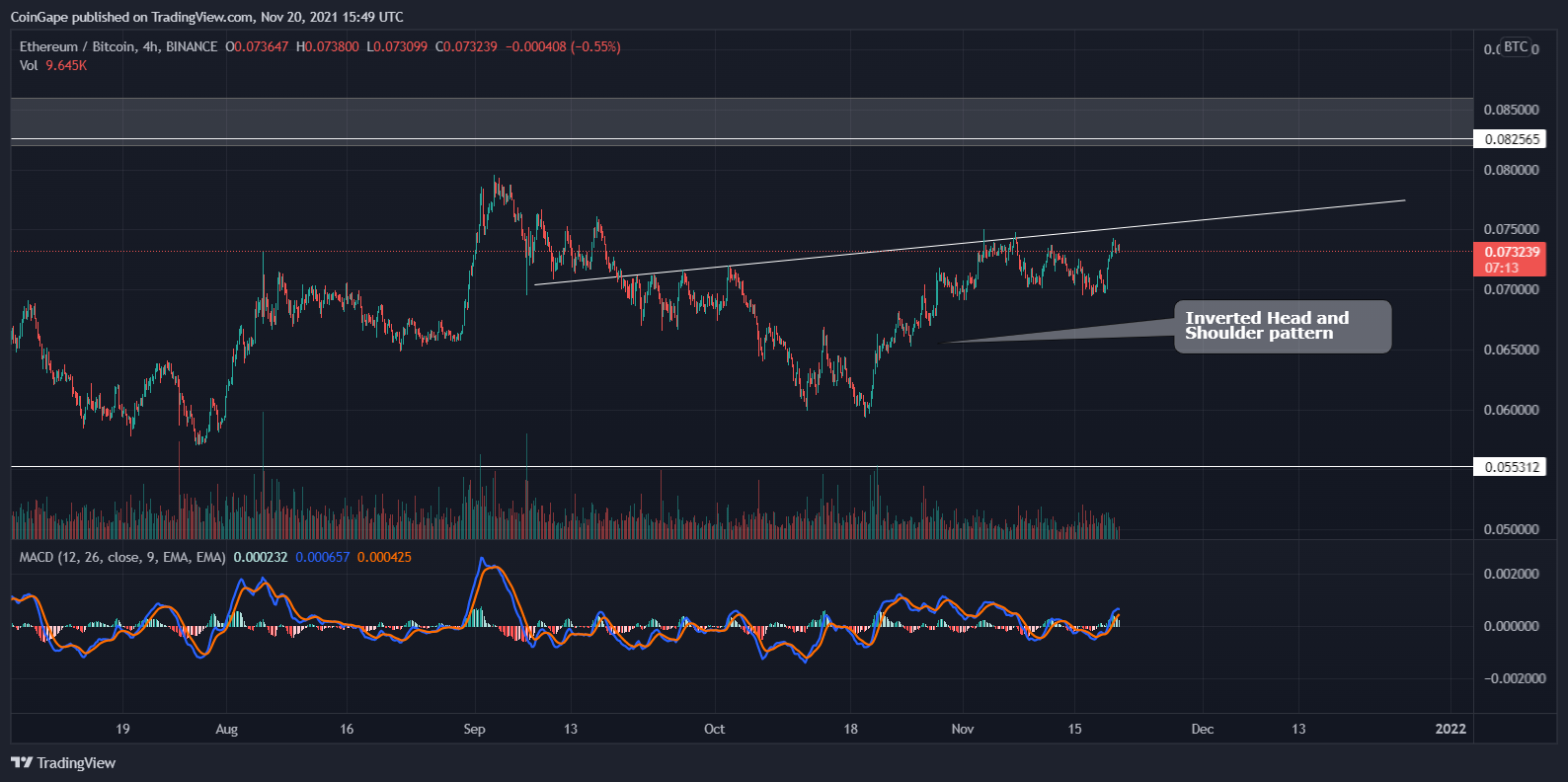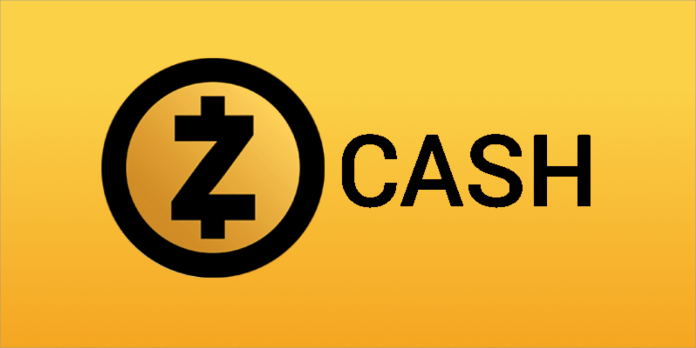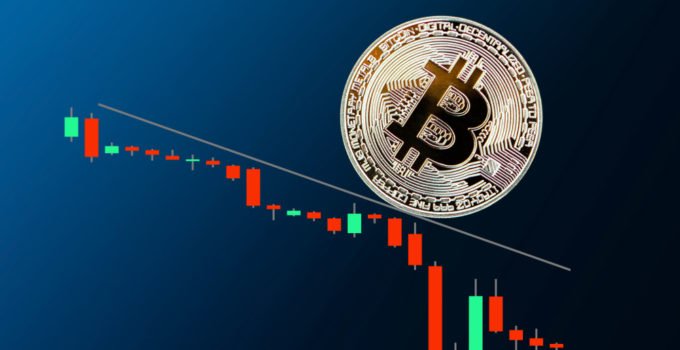Rising Ethereum gas fees have outraged crypto fans, ConstitutionDAO has to work out how to refund lots of people their donations plus gas fees, and a popular new NFT project has received allegations of racism… and theft!
This week, crypto’s Twitter fingers vented their frustration over the rising cost of Ethereum gas fees, ConstitutionDAO failed to win the bid for a copy of the U.S. constitution, leaving many wondering what will happen to the funds it raised, and a load of cartoon apes has stirred up controversy in the NFT world. Here’s our roundup of the most notable events on Crypto Twitter this week.
The CEO of Singaporean crypto hedge fund Three Arrows Capital, Zhu Su, joined the chorus of dismayed voices tweeting about rising Ethereum gas fees this week. Back in August, Ethereum launched the “Altair” upgrade, which changed the way miners get paid and introduced staking to the ecosystem. However, Ethereum’s gas fees have risen roughly in line with its price over the last few months.
Early on Sunday afternoon, Su tweeted: “Yes I have abandoned Ethereum despite supporting it in the past. Yes Ethereum has abandoned its users despite supporting them in the past. The idea of sitting around jerking off watching the burn and concocting purity tests, while zero newcomers can afford the chain, is gross.”
While many were quick to agree with Su, a few were more critical. One Twitter user complained that Su blocked him after he tweeted that Su “loaded up on AVAX then started telling people it was the future. He’s a [market maker] and anyone taking this for face value needs to consider the driving motives (to make a shit ton of money convincing everyone eth bad, AVAX future).”
Ethereum competitor Avalanche certainly benefited from the press. Avalanche briefly entered the top 10 cryptocurrencies by market capitalization earlier on Sunday. The native token for the blockchain, which touts cheaper gas fees and greater speeds than Ethereum, set a new all-time high of $146 on Sunday afternoon, according to CoinMarketCap.
In a story that’s tangentially related to Ethereum’s gas fees, many crypto fans on Twitter were talking about ConstitutionDAO this week. ConstitutionDAO was set up to raise funds to buy an extremely rare first-edition copy of the U.S. constitution, which was being auctioned through Sotheby’s. The DAO raised over $40 million before ultimately losing the auction to no-coiner Citadel CEO Ken Griffin.
ince ConstitutionDAO is now faced with the mammoth task of refunding all the money it received back to the donors, a big part of the Twitter conversation revolved around the awkward question of refunding the gas fees donors paid to send Ethereum to the DAO.
Richard Chen, a general partner at crypto investment firm 1confirmation, tweeted that “ConstitutionDAO members have collectively spent 199.38 ETH ($860k) in gas”.
After losing the auction, ConstitutionDAO tweeted that the money “will of course be refunded to everyone who participated”, but it remains an open question as to how that will happen. Crypto journalist Laura Shin tweeted a clip from an interview with Will Papper, a ConstitutionDAO contributor who helped organize the bid.
Several refund options are being discussed, including the possibility of a layer 2 solution, where the refunds would be meted out on a sidechain separate to, but connected with, Ethereum. This option is pretty hard, as many donors were first-time or crypto-naive Ethereum users. At the time of writing, no further clarification has been given by the DAO.
A new sold-out collection of 5,000 Ethereum NFTs called “Lil Baby Ape Club” which is inspired by, but not affiliated with, the immensely popular Bored Ape Yacht Club has provoked feelings of outrage over its controversial artwork, which some are perceiving as racist.
Proud BAYC owner @BenMayorWhite shared a screenshot of a Lil Baby Ape Club avatar and tweeted: “Skinhead trait + German flag suspenders +monkey pride written on tee. Unforgiveable [sic] and atrocious. @LilBabyApeClub you should be completely ashamed.”
Ben’s tweet blew up, and more outraged NFT fans joined the conversation. Twitter user @UglyMoms wrote: “Research the term ‘jam boy’ and try to defend this project”.
The biggest twist came when @0xRoh tweeted an article he wrote about. the BAYC spinoff project, which was trading at 30x its initial mint price half a day after hitting the market. According to @0xRoh the token contract was stolen from its original creators.
There has been no shortage of drama this week. Is Zhu Su right to totally dismiss Ethereum over the gas fees? Will ConstitutionDAO manage to successfully refund every donor? Gas fees and all? Who are the original creators of Lil Baby Ape Club and why are they flirting with racist imagery? This week’s Crypto Twitter was rife with questions and speculation, but lacking in answers.



































